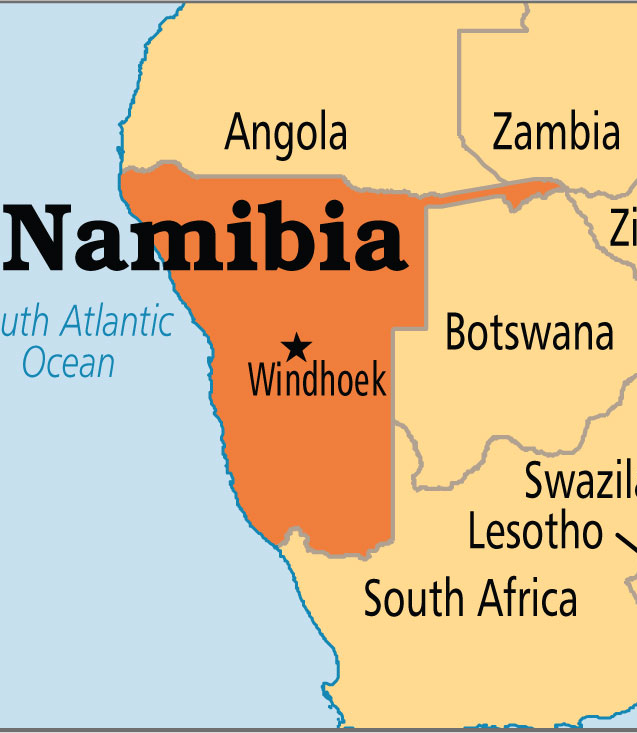Talk about your brand
Share information about your brand with your customers. Describe a product, make announcements, or welcome customers to your store.

The Team Behind Kalahari Gold
Veronica is a native Namibian living in the USA. She was approached by her fellow Namibians, Mossie Oosthuizen and Matt Ludick, who own and operate African Natural Oils, to distribute Marula oil internationally.
She approached her friend, ZB, a molecular biologist who is already in the rejuvenation research field, to join her in their new venture.
Knowing that the best way to succeed in the skincare business is to have products scientifically proven.
After ZB tested the Marula oil samples from African Natural Oils, he called it the Gold Standard of Marula oil as they knew they were getting an A grade products.
Kalahari Gold & Namibian Marula Oil
Kalahari Gold is a USA-based company and we are proud to partner with Africa Natural Oils, a Namibian-based company founded in 2018 to produce natural cold-pressed oils. In our pursuit to accomplish this, we designed and manufactured our own hydraulic presses to produce extremely high-quality cold-pressed natural oil.
Marula oil, sourced from Namibia, is obtained through the eco-friendly harvesting and processing of kernels from wild Marula trees in the region.
Local Communities
Local communities participate in the hand-crushing of these nuts, contributing to the preservation of their natural environment. The production process involves over 2,000 women, empowering them and fostering economic growth within their communities.
Provide the highest grade of Namibian Marula Oil
With Africa Natural Oils, we take pride in being one of the two Marula oil exporters from Namibia, providing the highest grade of Namibian Marula Oil available in the market. We understand the importance of maintaining the purity and integrity of our oil, which is why we have strict quality control measures in place. Our oil is cold-pressed and filtered of all impurities, ensuring it is pure and retains its essential fatty acids' benefits. Unlike most other producers, we never use a method that heats the oil, which can damage its effectiveness.
The highest quality with lab analysis
To ensure our Marula oil is of the highest quality, we send it to a lab for analysis, checking that the acid and peroxide values are below cosmetic standards. We also use only high-pressure water to clean our equipment, avoiding harsh chemicals that can degrade the oil's effectiveness. We clean our stills every day and do not run them continuously to avoid any contamination.
The cleanest and non-contaminated Marula oil in Africa
We are proud to produce the cleanest and non-contaminated Marula oil in Africa, earning us a reputation as a reliable and trustworthy supplier. Our commitment to quality control ensures we provide our customers with the purest and most effective Marula oil on the market. At Africa Natural Oils, we take pride in producing a product we believe in, and we believe you will too.

Namibian Marula Oils
Our expertise stems from decades of research and hands-on experience.
African Natural Oils personally inspect the collection areas and our representative with whom our ladies work with directly.
All production processes are executed by rural communities and fairly compensated, skilled personnel.
The entire production process adheres to stringent international regulations on cosmetic products, and our offerings are dermatologically tested by specialized laboratories for safety and effectiveness.
About Marula Oil In Namibia
For more than a century, the marula fruit has been traditionally harvested by local communities living in the north-central parts of Namibia, where the marula tree is an abundant natural resource.
Although the fruit looks more like a food source than a high-value ingredient for overseas cosmetic products, the marula’s real secret is locked away inside it. The key to opening this secret is rooted deep within African tradition.
For generations, women in the Oshana, Ohangwena, Omusati, and Oshikoto regions of north-central Namibia have been using marula to provide for their families.
DID YOU KNOW?
The marula kernels are only extracted after the beer is made.
